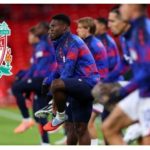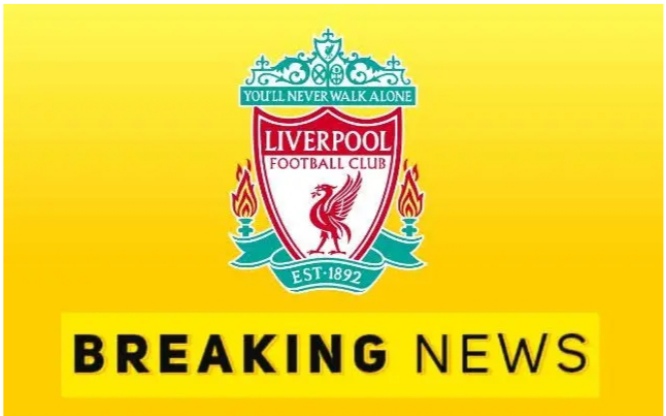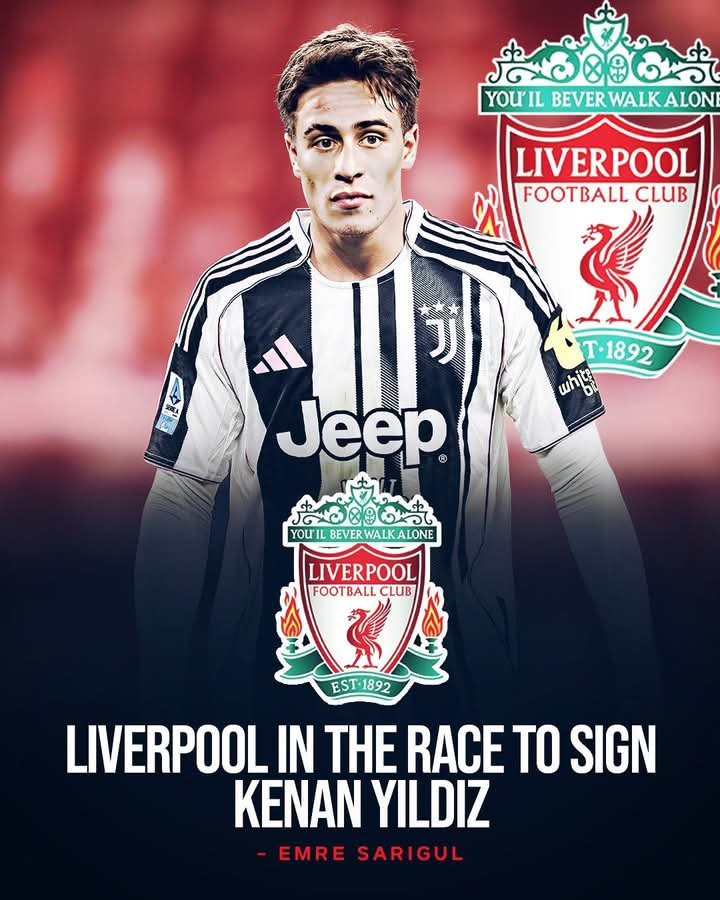When you’re Erling Haaland, you don’t always need to touch the ball to change the rhythm of a match. Sometimes your mere presence is enough. Stand in the right pocket of space at the right moment, and suddenly defenders shift, passing lanes open, and the flow of the game tilts. That’s the influence of a striker who has mastered more than scoring—he has mastered the subtler power of shaping a match without possession. On a cold Champions League night at the Etihad against Borussia Dortmund, Haaland showed once again why he’s more than a forward—he’s a system in motion, a gravitational force teams orbit around.
It wasn’t a night filled with Haaland goals. He scored only once in City’s 4–0 win. But as Pep Guardiola watched from the touchline, he surely saw something deeper: Haaland isn’t just finishing chances anymore—he’s creating them through intelligence, timing, and presence.
The best example came before Phil Foden’s brilliant long-range strike in the first half. While the celebration belonged to Foden, a closer look reveals Haaland’s invisible fingerprints all over it.
As Tijjani Reijnders picked up the ball on the edge of the area, Haaland slotted himself between Dortmund’s centre-backs, Nico Schlotterbeck and Waldemar Anton. He didn’t demand a pass. He didn’t even move at first. He simply waited, calculating. Then, as Reijnders fed Foden, Haaland darted sharply into space. Both defenders panicked and retreated, terrified of giving him even an inch. That split-second of hesitation opened the window Foden needed. One touch. One swing. Top corner.
Haaland never touched the ball, but he dismantled the defence. His movement tore open Dortmund like a quiet piece of poetry—simple, subtle, and deadly.
This is the new Haaland. Yes, the numbers are still outrageous—27 goals in 17 matches for club and country, goals in 12 of his 14 appearances for City—but the evolution goes beyond statistics. Haaland has grown into a player who shapes the entire system around him.
Those who saw him return from the summer break said he came back different—leaner, sharper, calmer. His hunger wasn’t just to score, but to dominate games in new ways. Guardiola’s intricate positional structures and Haaland’s raw instinct have finally fused. Last season the talk was that City had to adapt to Haaland. Now it feels like Haaland has adapted to City.
He presses more, sacrifices more, thinks more. He drops into midfield when needed, drags defenders into awkward channels, and even helps defend set pieces with the authority of a centre-half. Guardiola once joked that Haaland wanted to “kill” defenders. Now he protects his own too.
One moment summed up his fire. After a neat combo with Nico González, Haaland made the return run—only for the pass not to come. His irritation was immediate, but so was his recovery. He reset, demanded the ball again, shifted the attack, and moments later won a free-kick that sparked another dangerous move. That’s the evolution: frustration turned into fuel.
Minutes later he bulldozed through Dortmund’s midfield after a quick free-kick, shrugging aside defenders like they were training cones. Instead of going alone, he picked out Nico O’Reilly, who forced a superb save from Gregor Kobel. Guardiola applauded—not just the run, but the timing, the vision, the understanding.
For years Pep’s system thrived with false nines drifting between the lines. The great question was whether a pure No. 9 could fit into such a structure. Two seasons later, the answer is clear. Haaland has become his own version of a false nine—a finisher who can also act as a creator.
His relationship with Foden has gone from sharp to telepathic. When Haaland pulls wide, Foden attacks the centre. When Haaland drops, Foden bursts forward. The entire team benefits, too: Julián Álvarez finds more space, Rodri finds more angles, and the full-backs push high with confidence.
Everything at City now seems to flow through Haaland’s invisible current. Defenders chase him even when he isn’t involved, leaving doors open everywhere else. It’s the kind of control Guardiola has always dreamed of—a hybrid of structure and chaos, where one player alters the geometry of the pitch by simply being there.
Watching Haaland against Dortmund felt like watching gravity work. He didn’t dominate the ball; he dominated attention. His every step forced reactions. His every pause forced fear.
And that’s why Guardiola may be quietly satisfied—something rare for a perfectionist. City finally look like one idea, one machine. Haaland is no longer just a scorer within the system; he is the engine that shapes it.
City don’t need him to score to win games anymore. They just need him to exist.
At 25, Haaland’s football mind has matured. He knows when to run, when to stop, when to offer the decoy instead of the shot. The striker is becoming a complete footballer—someone who conducts as much as he finishes.
Foden may get the headlines for the brilliant goal. But those who study the game closely will remember the influence behind it—the invisible threads Haaland pulled to make the moment possible.
City look frightening again. Not because Haaland scores. But because he doesn’t have to.
When you’re Erling Haaland, sometimes your very presence is enough to bend a match to your will. And that’s why this Manchester City side feels like the finished masterpiece of Pep Guardiola’s long-term visit.






